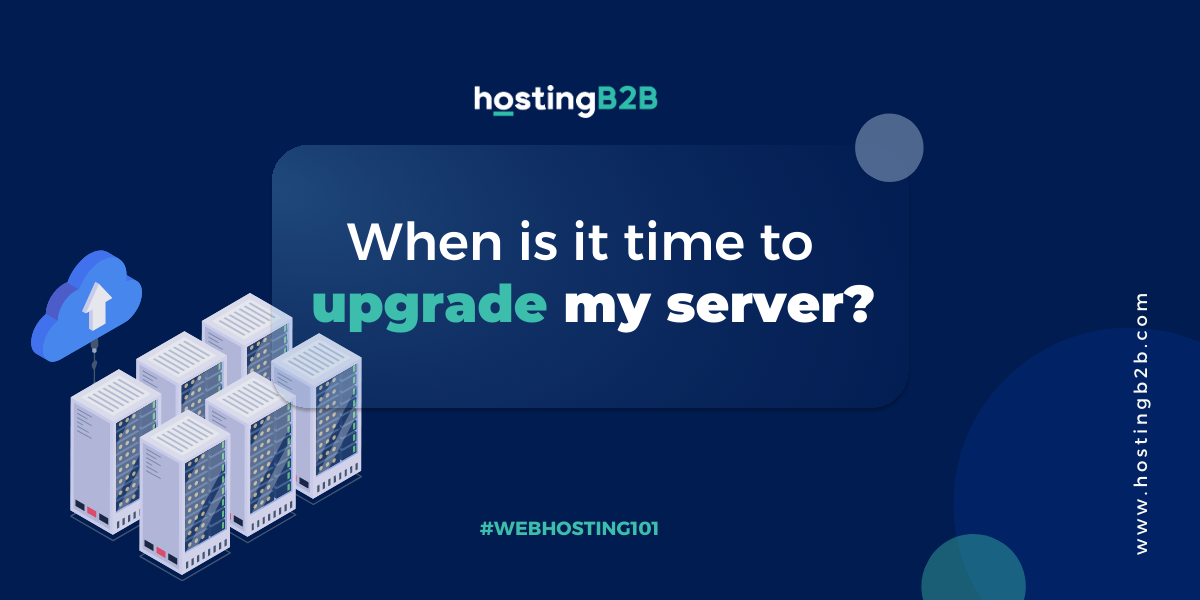Table of Contents
Remote Work Essentials Toolkit – Executive Actions
In response to COVID-19 and the rapid adoption of wide-scale remote work practices, almost all organizations have started planning for more permanent and strategic positions.
Evidently, as an executive leader and IT professional, i have a strong role to play in the transitioning from temporary to long-term remote – work strategies.
The Cybersecurity and Infrastructure Security Agency (CISA), as well as HostingB2B team of professionals, are giving you these recommendations. In order to support your organizations in re-evaluating and strengthening their cybersecurity as they transition to long-term or permanent remote-work solutions.
So, keep reading to find out!!
Let’s get started
Besdies what we have said already, Executive leaders, as well as IT professionals, have a significant role to play in drafting and deploying the Remote – Work Policy.
HostingB2B is a long-standing member of the ISACA, the international professional association focused on IT governance. As a result, we are always on high alert when it comes to CyberSecurity and Threat management.
- Firstly, you need to have an organizational policy and procedures.
- Second, train your members and staff for CyberSecurity awareness. It’s easier to identify threats, if your members are trained to respond to anything suspicious.
- Now its time to Move your organizational Assets
- Create Cyber Secure Hybrid Culture
- You are set to GO !

Deploy your CyberSecurity Strategy through Investment and Culture Awareness.
Once you’ve got your policies and procedures set up, It’s now time to deploy and monitor those procedures to ensure they are strictly followed by every member of the team.
1. Organizational Policies/Procedures
It is crucial that you consult your IT Professionals to ensure no disruptions will be on a staff level.
Additionally, review and update organizational policies and procedures to address the cybersecurity considerations raised by the shift to a remote workforce.
In other words, clearly communicate new remote work expectations and security requirements to the workforce.
- National Cyber Security Alliance
- NIST Special Publication (SP) 800-46: Guide to Enterprise Telework, Remote Access, and Bring Your Own Device (BYOD) Security
- CISA Telework Guidance and Resources
- CISA Cyber Essentials Toolkit 1
2. CyberSecurity Training Requirements
Certainly, Cyber Security Training is the most effective method for combating Cyber Threats.
For instance, implement cyber-security training requirements for your organization. This, leads to improved working knowledge of cyber-security concepts, current threats, and trends. Assisting to empower workforce decision making, when accessing organizational systems and data remotely
As a result, the majority of your members will be aware of the threat and they should always be alerted and proactive.
Consult these tools from CISA for training:
► CISA Cyber Essentials
► CISA Cyber Essentials Toolkit 2
► Cyber Readiness Institute Cyber Readiness Program
3. Moving Organizational Assets
In addition to the above you should determine the cyber-security risks. Ones associated with moving organizational assets beyond the traditional perimeter to activities not accessible by the organization’s monitoring and response capabilities (e.g., printing at home, use of personal email accounts, use of personal devices).
Furthermore, develop, implement, and enforce enterprise-wide policies, that address the threats and vulnerabilities presented by the new extended perimeter.
Ultimately, these policies should include requirements for workers. This is in order to securely configure and update corporate devices, personal devices, mobile devices, and home networks.
- CISA and NSA Telework Best Practices
- NSA Telework and Mobile Security Guidance
- NIST National Cybersecurity Center of Excellence
- Mobile Device Security Guidance
4. Enforce Cyber Secure Hybrid Culture
Lastly, create a cyber secure, hybrid culture that includes remote employees, on-premise employees, and employees who may do both.
Moreover, ensure that the policies focus on human behavior, address the basics in cyber hygiene—such as software updates, passwords/authentication, USB use, and removable media— and are clear, updated, and communicated to the workforce regularly.
Finally, these tools will help you do just that:
► Cyber Readiness Institute Cyber Readiness Program
► Cyber Readiness Institute Remote Work Resources:
►Creating a Cyber Ready Culture in Your Remote
Workforce: Five Tips
Fortunately for you, HostingB2B is always ready willing and able to combat any threat your business may face.
Our products and especially our Remote Work Solution can offer you all the hosting needs to ensure you are Cyber Fit.









